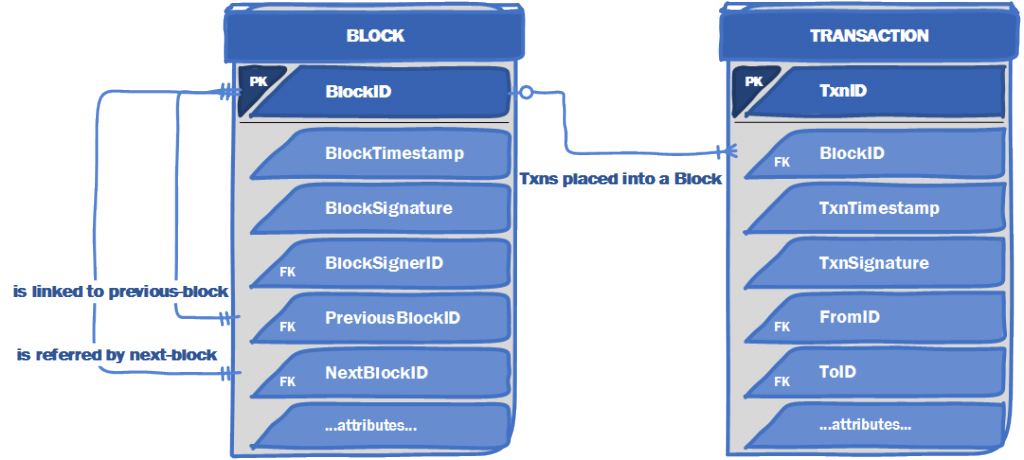CryptoLedgers guiding principles and critical capabilities
Preface
- The success of BitCoin as alternative CryptoCurrency and its underlying BlockChain technology has inspired many others in the exchange of digital assets. Given the proliferation of emerging BlockChain variants, it is timely to establish critical capabilities for evaluation, analysis and offer deeper insights to help Enterprises set direction to consolidate and eliminate ‘silo or point solutions’ leading to issues that are costly and difficult to unwind.
- This article sets out the guiding principles and critical capabilities of CryptoLedger implementations. These areas give context to help Enterprises solicit views for comparisons by the anatomy of the BlockChain technology.
Guiding Principles
Start with these three guiding principles.
- Disintermediate or automate intermediation.
- Secure communication, distribution and interaction.
- Manage risks for higher throughput, lower latency.
Critical Capabilities
The structure of guiding principles collectively defines and guides implementation of nine critical capabilities below.
| G1. Disintermediate or automate intermediation. | ||
| D1. Digital Identities & Assets | D2. Distributed Ledger | D3. Distributed Consensus |
| G2. Secure communication, distribution and interaction. | ||
| S1. Secure Interaction | S2. Secure Transaction | S3. Secure Communication |
| G3. Manage risks for higher throughput, lower latency. | ||
| R1. Strong, tamper-Resistant Cryptography | R2. Reliable Storage | R3. Robust, Resilient Network |
Collectively, CryptoLedger critical capabilities must provision for fit and acceptance criteria applicable to:
- Local Laws & Regulatory Jurisdictions on Privacy, Sovereignty, Sanctions (e.g., United Nations Security Council to maintain or restore security and peace, or Financial Action Task Force to combat the financing of terrorism) and acceptance of Digital Signatures to prevent forgery, in alignment to United Nations Convention on the Use of Electronic Communications in International Contracts.
- Future-proof with respect to independent research in Post-Quantum Cryptography or in alignment to NIST Special Publication 800-57 Part 1 Revision 4 Recommendation for Key Management for strong, tamper-resistant cryptography beyond year 2030.
- And performance/risk trade-off decisions as many emerging BlockChain variants has yet to publish their benchmarking and performance criteria. At this juncture, leverage on benchmarks such as Standard Performance Evaluation Corporation and Transaction Processing Performance Council on Relational/Non-Relational Databases. Figure below provides an abstract of the CryptoLedger storage structure.




Recent Comments